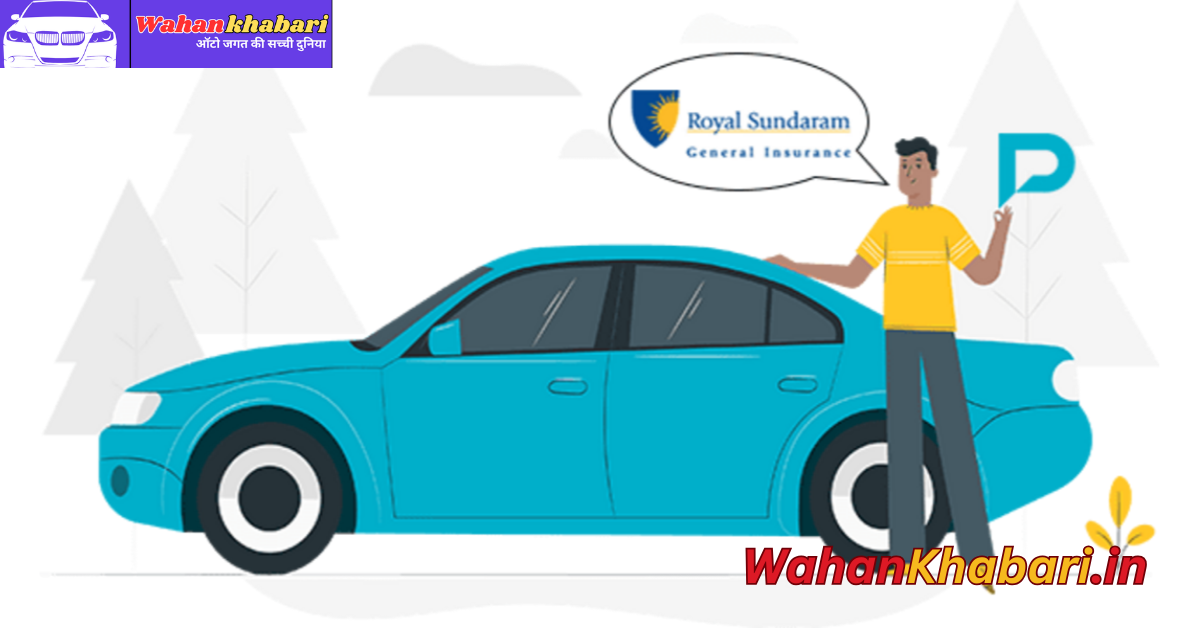Car insurance is a necessary expense, but that doesn’t mean you have to pay more than you should. With a few smart strategies and a little research, you can reduce your premium significantly without compromising your coverage. Whether you’re a new driver or have years of experience on the road, here are some proven tips to help lower your car insurance costs.
1. Shop Around and Compare Quotes
Insurance companies evaluate risk differently, which can lead to wide variations in pricing. Don’t settle for the first quote you get. Compare at least 3–5 quotes from different providers. Use comparison websites or speak directly to agents for personalized rates.
✅ Tip: Re-evaluate your insurance options at least once a year or after a major life event (like moving or getting married).
2. Increase Your Deductible
The deductible is the amount you pay out of pocket before your insurance kicks in. A higher deductible means a lower premium because you’re assuming more risk.
✅ Tip: Make sure you can comfortably afford the deductible amount in case of an accident.
3. Bundle Your Policies
Most insurance companies offer discounts when you bundle auto insurance with other policies, such as homeowners, renters, or life insurance.
✅ Tip: Ask your provider what bundling discounts are available—you might save 10–25%.
4. Drive Safely and Maintain a Clean Record
Safe driving habits pay off. Avoid accidents, tickets, and DUI charges. Many insurers offer significant discounts to drivers with clean records.
✅ Tip: Some insurers also offer telematics or “usage-based insurance” that rewards safe driving habits.
5. Take Advantage of Discounts
There are a variety of discounts available that many drivers overlook, such as:
- Good student discounts
- Low-mileage discounts
- Defensive driving course discounts
- Military or veteran discounts
- Employer or association discounts
✅ Tip: Always ask your agent to go over all potential discounts.
6. Review Your Coverage Needs
Do you have full coverage on a car that’s over 10 years old? It might be time to drop collision or comprehensive if the vehicle’s value is low.
✅ Tip: Check your car’s current market value and weigh it against your premium and deductible.
7. Improve Your Credit Score
In many states, your credit score can affect your car insurance rate. A higher credit score typically results in lower premiums.
✅ Tip: Pay bills on time, reduce debt, and check your credit report for errors regularly.
8. Limit Optional Add-Ons
Optional coverages like rental reimbursement or roadside assistance are nice—but they add up. Evaluate whether you really need these extras or if you can get them elsewhere.
✅ Tip: Consider using a membership like AAA instead of adding roadside coverage to your policy.
9. Drive a Car That’s Cheaper to Insure
Before buying a new or used car, check how much it will cost to insure. Cars with high repair costs, poor safety records, or high theft rates often come with higher premiums.
✅ Tip: Sedans and vehicles with good safety features usually cost less to insure than sports or luxury models.
10. Pay Your Premium Annually
Paying your premium in one lump sum (annually or semi-annually) instead of monthly can sometimes save you money on installment fees.
✅ Tip: Ask your provider if there’s a discount for paying upfront.
Final Thoughts
Saving on car insurance doesn’t have to be difficult. With a little effort and awareness, you can make informed decisions that keep more money in your pocket without compromising on coverage. Start with these smart tips and review your policy regularly to ensure you’re always getting the best deal.

Hello, my name is Muskan Kumari and I am an experienced Digital Marketer. I have been blogging for the last 3 years and I have special interest in SEO. Here I give you easy bikes and writes easy-to-understand reviews and news about the latest bikes, helping readers choose the best options.. My aim is to always provide you with accurate, new and useful information.










